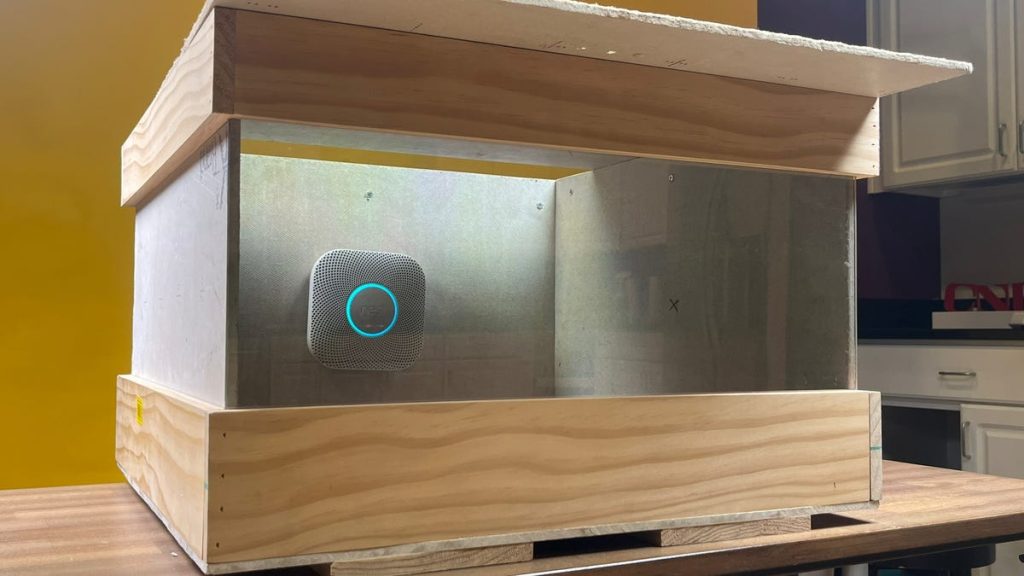The Crucial Role of Early Smoke Detection in Fire Safety
In the realm of fire safety, the adage "every second counts" rings particularly true. The ability to detect smoke early can be the difference between a manageable incident and a devastating disaster. This urgency underscores the importance of reliable smoke detectors, which serve as our first line of defense against fire-related hazards. Understanding how these devices perform under different fire conditions is essential for ensuring our safety and the safety of those around us.
Understanding Smoldering and Flaming Fires: The Basics
Fires are generally categorized into two types: smoldering and flaming. Smoldering fires are slow-burning combustion processes that occur on the surface of materials. They produce significant amounts of thick, hazardous smoke but do not generate flames. Imagine a scenario where a lit cigarette continues to burn slowly without erupting into flames—this is a classic example of a smoldering fire. Conversely, flaming fires are what most people immediately think of when they hear the word "fire." They result from the ignition of flammable materials like wood or paper and can spread rapidly, causing extensive damage quickly, despite producing less smoke than their smoldering counterparts.
Setting the Stage: A Comprehensive Testing Environment
To evaluate the effectiveness of smoke detectors, a controlled laboratory setting is crucial. The testing chamber is designed to simulate real-life conditions, allowing researchers to assess how detectors respond to different fire scenarios. This chamber is equipped to introduce smoke from either smoldering or flaming fires through a chimney system, ensuring a consistent and measurable environment for testing. Within this setup, the response time of each smoke detector—defined as the interval between smoke entering the chamber and the alarm sounding—is meticulously recorded. A faster response time indicates a better-performing detector, as it allows for earlier intervention.
Simulating Real-Life Emergencies: The Testing Process
Recreating real-life fire conditions in a controlled setting is a meticulous process. For smoldering fires, 300 grams of charcoal is ignited and allowed to heat up for 10 minutes. This duration ensures that the majority of the coals are actively burning, producing thick, dense smoke. Once ready, the smoke is channeled into the testing chamber. Flaming fires, on the other hand, are recreated using a simpler method: igniting 30 grams of shredded paper. Despite the smaller quantity, this setup effectively generates the type of smoke associated with fast-spreading fires. In both scenarios, the smoke is allowed to build up sufficiently before being introduced into the chamber, ensuring a robust test of the detector’s capabilities.
Ensuring Accuracy: Rigorous Testing Protocols
The thoroughness of the testing process is evident in its repetition. Each smoke detector undergoes three test runs for each type of fire—smoldering and flaming—resulting in six test runs per detector. This rigorous protocol ensures that the results are reliable and not skewed by isolated anomalies. The response times from each test are then averaged to provide a consistent and accurate measure of performance. This methodical approach, while time-consuming, is necessary to evaluate the detectors’ effectiveness under various conditions. Additionally, the testing process, though disruptive to neighbors, underscores the commitment to safety and the importance of accurate data.
Unveiling the Results: Performance Insights
The culmination of this extensive testing is a comprehensive analysis of each smoke detector’s performance. The results, presented in a detailed chart, offer a clear comparison of response times across different models and fire types. This data is invaluable for consumers seeking to make informed decisions about their fire safety systems. Beyond the technical aspects, the insights garnered from these tests contribute to the broader discussion on fire safety, emphasizing the critical role of early detection in preventing tragedies. By understanding how different detectors perform under various conditions, we can better equip ourselves to face fire-related emergencies, ultimately saving lives and reducing property damage.












